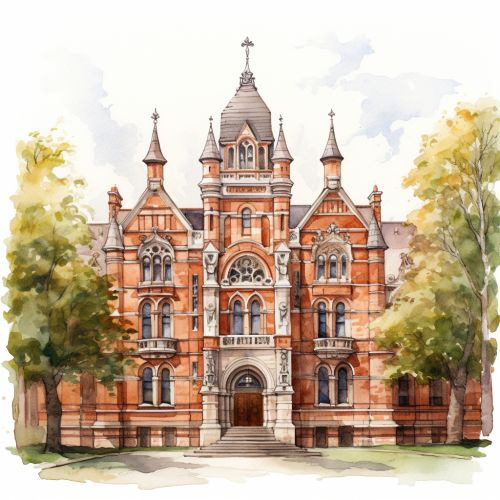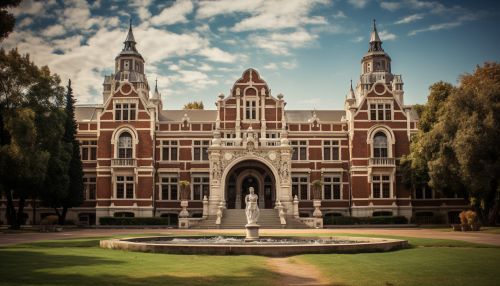Thomas Young
Early Life and Education
Thomas Young was born on June 13, 1773, in Milverton, Somerset, England. He was the eldest of ten children in a Quaker family. Young's early education was provided by his uncle, who recognized his extraordinary learning abilities. At a young age, he was able to read and comprehend complex texts in several languages, including Latin, Greek, and Hebrew language acquisition.
Young attended the Edinburgh University in 1792, where he studied medicine. He later transferred to the University of Göttingen in Germany, where he received his doctorate in physics in 1796.


Career and Contributions
Young's career spanned several fields, including medicine, physics, and Egyptology. He made significant contributions to each of these fields, demonstrating his wide-ranging intellect and curiosity.
Medicine
In the field of medicine, Young made significant contributions to the understanding of the human eye. He was the first to describe astigmatism astigmatism, a condition that affects the eye's ability to focus. He also proposed the Young-Helmholtz theory of color vision, which suggests that the human eye perceives color through the combined activity of three types of photoreceptor cells in the retina.
Physics
In physics, Young is best known for his double-slit experiment, which demonstrated the wave-particle duality of light wave-particle duality. This experiment played a crucial role in the development of quantum mechanics. Young also contributed to the understanding of elasticity and surface tension, and the term "Young's modulus" is named in his honor.
Egyptology
Young also made significant contributions to the field of Egyptology. He was instrumental in deciphering the Rosetta Stone, which led to the understanding of hieroglyphics. His work in this field laid the foundation for future Egyptologists and significantly advanced our understanding of ancient Egyptian civilization.


Legacy
Young's work has had a lasting impact on several fields of study. His theories and discoveries continue to be relevant in modern science and medicine. Despite his significant contributions, Young's work was often overlooked during his lifetime, and it was only after his death that his genius was fully recognized.
